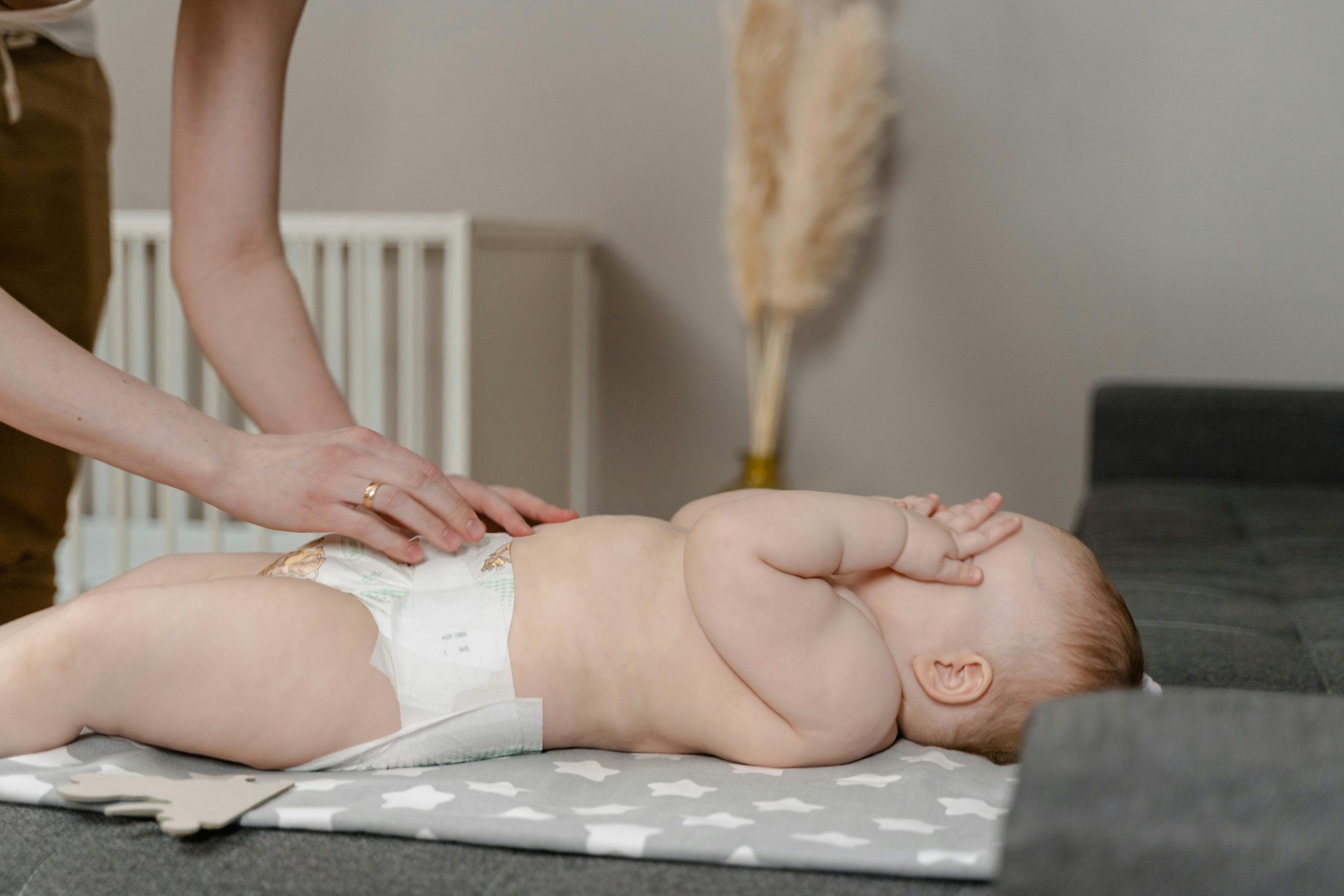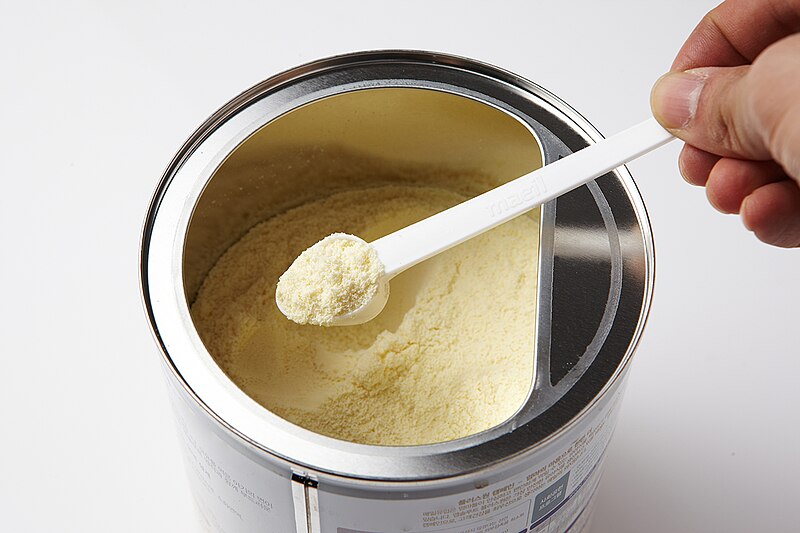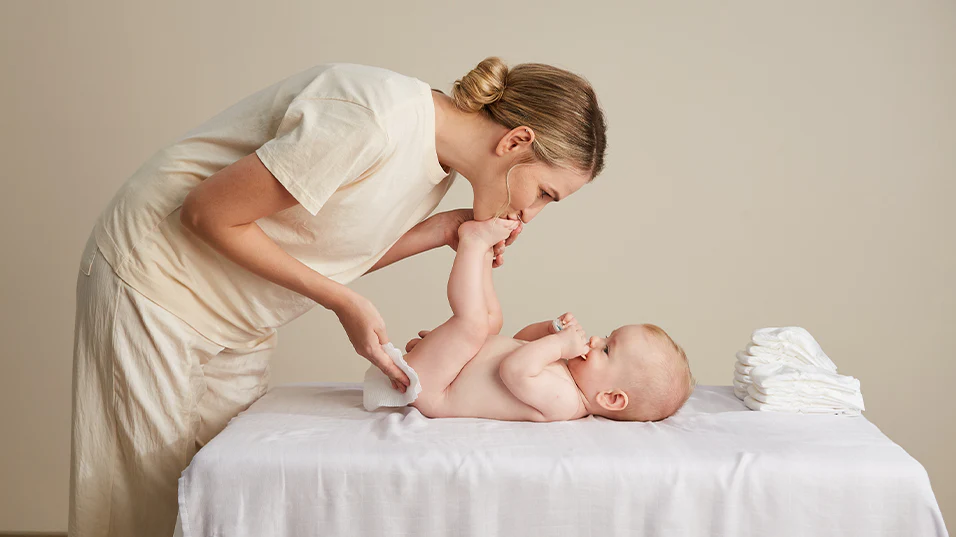Guide Tailored To Change Diaper?
The frequency of diaper changes for newborns is a significant aspect of their daily care routine. It’s not just about maintaining hygiene, but also about preventing skin irritation and promoting comfort. The need to change a baby’s diaper varies significantly depending on several factors, which we will discuss in detail below 
At the outset, it’s crucial to understand that newborns have extremely sensitive skin and very frequent bowel movements. Thus, the primary principle governing how often you should change a diaper is responsiveness to your baby’s needs, rather than adhering to a strict schedule. This dynamic process requires keen observation and quick action when required.
Part 1: Core Guidelines
Frequency:
-
Newborns (0-3 months): Every 2-3 hours as a minimum is crucial to prevent discomfort and potential skin irritation. However, more frequent changes might be necessary depending on several individual factors:
- Wetness: Check the diaper regularly, especially after feedings. A damp or wet diaper can cause discomfort and lead to rashes.
- Poop: Change immediately after bowel movements to prevent diaper rash and unpleasant odors.
- Sleep patterns: Some newborns sleep for longer stretches, while others wake up more frequently to feed or cry. Observe your baby’s individual sleep patterns and adjust the change frequency accordingly.
- Feeding habits: If your baby breastfeeds frequently, they might produce more wet diapers. Formula-fed babies might have larger, less frequent wettings.
-
Older babies (3+ months): As their sleep duration increases and bladder/bowel control develops, you can gradually lengthen the intervals between changes. Consider changing before bedtime and upon waking. However, monitor their needs and adjust the frequency based on wetness, poop, and any signs of discomfort.
Signs for a change:
- Leaking diaper: Not only dampness but also bulging or sagging can indicate a full diaper. Run your fingers along the seams or feel the weight to be sure.
- Full diaper: This can cause discomfort and lead to leaks or blowouts. Look for a noticeably bigger and heavier diaper, especially after feeding.
- Poops: Even a small amount of poop necessitates an immediate change to prevent irritation and potential infection.
- Restlessness or fussiness: While many things can cause fussiness, a wet or dirty diaper is a common culprit. Pay attention to their cues and check the diaper if they seem uncomfortable.
- Beyond wetness and poop: Exploring other potential cues like fussiness, sleep disruptions, and skin changes
Nighttime considerations:
- Keep lighting low: Use dim nightlights or even moonlight to minimize disruption to their sleep cycle. Bright lights can make it harder for them to fall back asleep.
- Change quickly and efficiently: Have everything within reach beforehand (diapers, wipes, cream, changing pad) so you can minimize the time your baby is awake and fussing.
- Consider disposable changing pads: Especially on the go, using disposable changing pads can save time and make cleanup easier at night. However, reusable pads are a more eco-friendly option.
- Minimizing sleep disruption: Techniques for quick and quiet changes, using low light, and calming strategies.
- Benefits of overnight diapers: Are they truly necessary? Evaluating pros and cons.
- Managing multiple changes per night: Tips for efficient changes, preparing supplies beforehand, and maintaining focus.
- Don’t force a full feeding: If your baby wakes up for a diaper change but doesn’t seem hungry, don’t try to force a full feeding. Offer comfort and change the diaper, then try feeding again later if needed.
Part 2: Deep Dive (Choose relevant sections)
Section A: Factors influencing frequency:
- Sleep patterns: Light sleepers might need more changes.
- Bladder/bowel development: Varies individually, monitor frequency and adjust accordingly.
- Feeding habits: More frequent feedings might lead to more frequent changes.
- Individual differences: Some babies urinate or poop more often than others.
Section B: Diaper types and considerations:
- Cloth vs. disposable: Consider absorbency, convenience, and skin sensitivity.
- Nighttime absorbency options: Choose diapers designed for overnight use.
- Leaks or rashes: Address promptly to prevent discomfort and skin issues.
Section C: Additional tips and tricks:
- Minimize noise and light: Use dimmed nightlights and quiet sounds.
- Prepare supplies beforehand: Keep changing pad, diapers, wipes, and cream within reach.
- Manage multiple changes per night: Develop a routine for efficient changes.
- Create a calming sleep routine: Warm bath, massage, soothing music before bed.
Section D: Addressing specific concerns:
- Unusual bowel movements: Discuss with your pediatrician if consistency or color changes significantly.
- Diaper rash at night: Use zinc oxide creams, change frequently, and expose skin to air whenever possible.
- Travel or illness: Adjust diaper change frequency as needed and pack extra supplies.
Part 3: Resources and References:
- BabyCenter: How Often to Change Your Baby’s Diaper: This comprehensive article by BabyCenter addresses how often to change a diaper based on age, sleep patterns, and other factors. It also offers helpful tips for nighttime changes. (https://community.babycenter.com/post/a67586248/poll-do-you-change-diaper-in-middle-of-the-night-every-night)
- Pampers: Diapering 101: This website by Pampers provides a wealth of information on all things diapering, including choosing the right diaper size, types of diapers, and addressing common concerns like leaks and rashes. (https://www.pampers.com/en-us/baby/diapering/article/how-to-change-a-diaper)
Sleep-Specific Resources:
- American Academy of Pediatrics (AAP): Your Baby’s Sleep: This AAP website offers comprehensive information on baby sleep, including healthy sleep habits, dealing with sleep problems, and tips for creating a bedtime routine. (https://www.healthychildren.org/English/ages-stages/baby/sleep/Pages/default.aspx)
- National Sleep Foundation (NSF): Baby Sleep: This website by the NSF provides reliable information and research-backed advice on various aspects of infant sleep, including nighttime diaper changes and their potential impact on sleep. (https://www.thensf.org/)
Addressing Specific Concerns:
- Cloth Diaper Association: If you’re interested in using cloth diapers, this website offers resources and guidance on choosing the right type, washing routines, and troubleshooting common issues. (https://www.theclothoption.org/)
- National Health Service (NHS): Diaper Rash: This NHS website provides information on identifying and treating diaper rash, including tips for nighttime care and preventing recurrence. (https://www.nhs.uk/conditions/baby/caring-for-a-newborn/nappy-rash/)
Final Reminder: Ultimately, while the average range suggests changing a diaper every two to three hours, it’s important to emphasize that each baby is unique. Some days might require more changes due to illness, teething, or growth spurts, whereas others might demand less. Always be prepared to adjust your diaper-changing routine fluidly, transitioning between different stages of your baby’s life and responding promptly to their immediate requirements.





